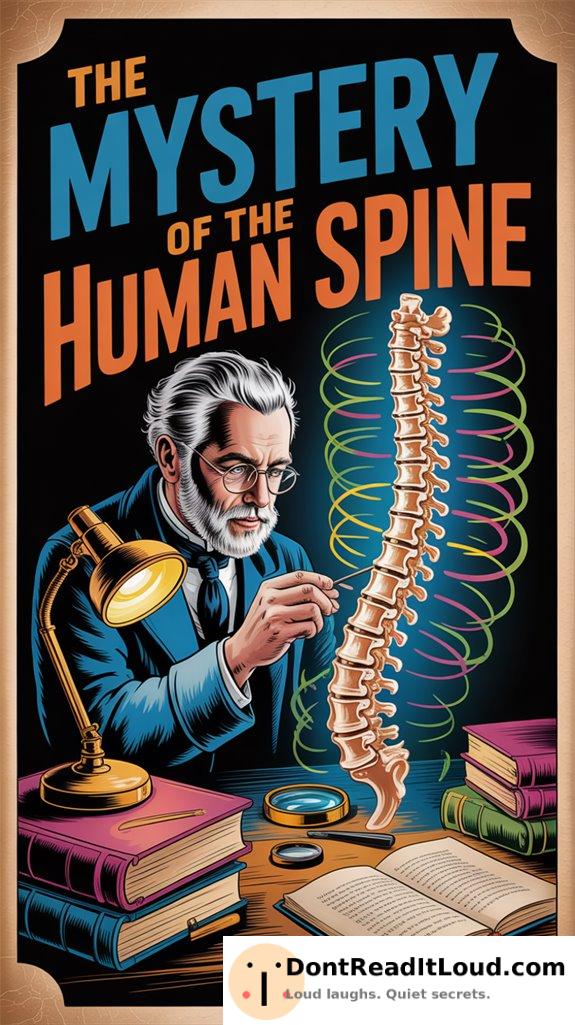
The human spine, with its 33 vertebral bones and elegant S-shaped curve, provides both strength and flexibility while protecting your spinal cord. Serving as the nervous system’s main pathway, it allows for quick reflexes and responses. Misalignments or disc herniations can upset this balance and lead to pain. Fortunately, new discoveries in spinal research offer better options for healing and treatment. Learn how current studies are shaping the future of spinal health and care.
Anatomy of the Spine
Although often overlooked, the anatomy of the spine is both fascinating and complex. Picture your spine as the ultimate backstage crew, silently keeping you upright and flexible without demanding attention.
It consists of a series of vertebral structures—33 bones stacked like an impressive game of Jenga. But don’t worry, this design ensures your spine stays strong and stable.
Its gentle S-shaped curve helps you maintain balance and move gracefully. Each vertebra acts as a tiny bouncer, protecting your precious spinal cord from harm.
Common Spinal Disorders
When it comes to spinal health, understanding common disorders is key for both prevention and management. So, let’s take a closer look at some vertebral challenges!
Imagine your spine as a neatly stacked pile of pancakes. If one pancake shifts out of place, that’s misalignment—a bit like your spine losing its balance.
Another common problem is disc herniation, often causing sudden and unexpected discomfort. One moment you’re moving with ease, and the next, a disc slips out of position, bringing pain you didn’t see coming.
The Role of the Spine in Nervous System Function
While the human spine is known for its structural support, its crucial role in the nervous system deserves equal attention. Think of it as the central hub for your body’s communication. It acts like high-speed internet for your nerves, allowing messages to travel quickly and efficiently.
Because of spinal reflexes, you can react instantly to sudden changes. For example, if you touch something hot, your spine immediately signals your hand to pull away before your brain fully registers the pain.
Advances in Spinal Research and Regeneration
Thanks to groundbreaking advances in spinal research and regeneration, we’re on the brink of transforming how spinal injuries and disorders are treated. Imagine a future where your spine heals itself, stepping in just when you need it most!
Scientists are exploring spinal regeneration with remarkable dedication, uncovering new possibilities in record time. They’re developing innovative therapies that could soon make your back feel strong and resilient, rather than stiff and painful.
New treatments involving stem cells and biomaterials show promise for greater flexibility and function. So, the next time you groan while reaching for your socks, remember that scientific breakthroughs could soon offer real relief.
Conclusion
You’ve explored the intricate anatomy of the spine, examined common disorders that can affect it, and learned about its vital connection to the nervous system. With advances in spinal research and regeneration, there is renewed hope for better treatments and solutions. Taking care of your spine is crucial for your overall health. Stay informed, practice good posture, and consult a professional when necessary. These habits will help keep your spine strong and healthy for years to come.



